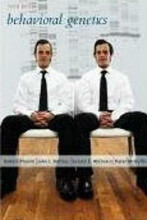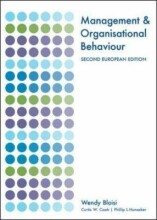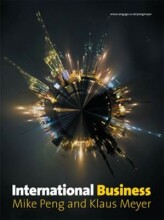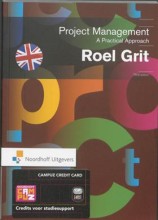Verb inflection
21 important questions on Verb inflection
What is a distinctive property of verbs that is crucial in grammatical constructions?
- Required in different structures
- Present in various grammatical categories
- Seen in different tenses
How many inflectional forms do the majority of verb lexemes typically have?
- Preterite
- 3rd Singular Present
- Plain Present
- Plain Form
- Gerund-Participle
- Past Participle
What are the distinct shapes found in verb inflections, and how many are there?
- Checked
- Checks
- Check
- Checking
- Higher grades + faster learning
- Never study anything twice
- 100% sure, 100% understanding
How do regular and irregular verbs differ in their inflectional forms?
- Preterite
- Past Participle
How can one determine whether the shape "checked" is a preterite or past participle form?
- Substitute another verb like TAKE.
- Question what form is necessary in the context.
- Analyze the preceding structure.
What is the purpose of distinguishing between 'preterite' and other past tenses?
- Inflection rather than auxiliaries
- Clarity in grammatical analysis
- Differentiation from constructions like "has checked"
What are the examples provided to illustrate the use of the verb "checked"?
- "She may have checked the figures herself." (Past Participle)
- "I’m not sure whether she checked the figures herself or not." (Preterite)
What is the significance of the form preceding the verb in determining its inflection?
- Establishing the required inflection
- Determining verb forms in substitutions
- Changing what follows the verb as needed
How do the past participle and preterite forms assist in understanding verb shapes?
- Clarifying relationships between forms
- Indicating when shapes are shared (e.g. checked)
- Providing a comparison with irregular verbs
What are the two present tense forms, and how are they determined?
- One form is for 3rd person singular subjects.
- The other is for non-3rd person singular subjects.
- This latter form is also called plain present, indicating it matches the morphological BASE of the lexeme.
In which constructs is the plain form used, and how does it differ from the plain present?
- IMPERATIVE - "Check the figures yourself!"
- INFINITIVAL - "It's better to check the figures oneself."
- SUBJUNCTIVE - "It's essential that she check the figures herself."
What is unique about the verb 'BE' in relation to its present tense forms?
- is
- am
- are
How can one distinguish between the plain present and the plain form?
- Use the substitution test with the verb BE:
- - If substitution requires the plain form, it is the plain form.
- - Example: "We must check the figures" uses plain form (needs be).
How is the infinitival construction typically marked, and are there exceptions?
- Infinitival constructions are often marked by to.
- However, they can occur without to after verbs such as:
- MAY
- WILL
- DO
- MAKE
What is the frequency of the subjunctive construction compared to others?
- The subjunctive construction is the least frequent among the three mentioned.
- It belongs to a somewhat formal style.
- Examples include: "It's essential that she check the figures herself."
Why does the plain present not occur with 3rd person singular subjects?
- The plain present does not appear with 3rd person singular subjects.
- Example: "She checks the figures herself" (not "She check").
- In contrast, the plain form can appear with 3rd person subjects.
What is an example of the imperative construction using the plain form?
- An example of the imperative construction is:
- - "Check the figures yourself!"
- It demonstrates a direct command without a subject.
What is the gerund-participle, and how is it distinguished in traditional grammar?
- Gerund: Comparable to a noun (e.g., "Checking the figures can be onerous").
- Present Participle: Comparable to an adjective (e.g., "People checking the figures must be alert").
In what constructions is the past participle used, and what are its auxiliary verbs?
- Perfect: Auxiliary verb have (e.g., "She has checked the figures").
- Passive: Auxiliary verb be (e.g., "The figures must be checked by the boss").
How does traditional grammar compare gerunds and participles?
- Gerunds: Act like nouns (e.g., "Checking the figures").
- Participles: Act like adjectives (e.g., modifies "people").
Why is there no distinction in present-day English for gerunds and participles?
- No verb has distinct forms for these constructions.
- The name encompasses both categories from traditional grammar.
The question on the page originate from the summary of the following study material:
- A unique study and practice tool
- Never study anything twice again
- Get the grades you hope for
- 100% sure, 100% understanding






























